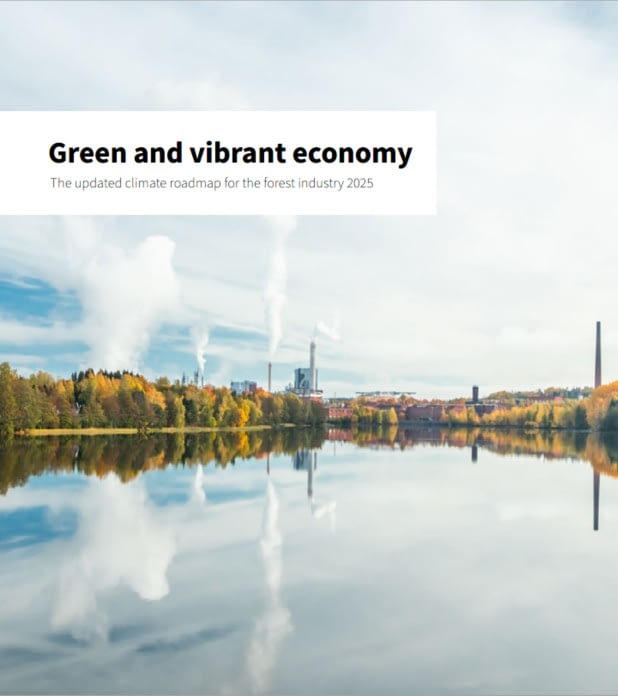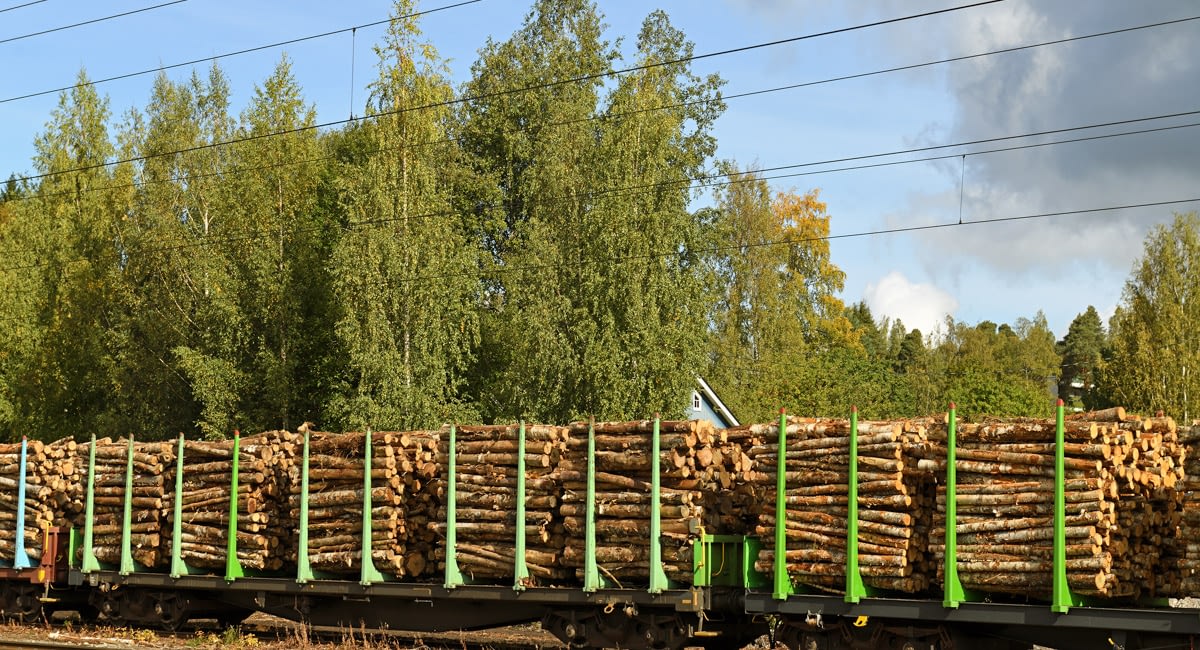Nearly two thirds of the renewable energy in Finland is dependent on the forest industry, which is by far the largest bioenergy producer in our country. The share of renewable energy in the forest industry continues to increase as a result of the industry’s long-term efforts. At the moment, 88 per cent of the energy used in production is renewable. The industry’s progress report on the sustainability commitments provides more information on the concrete measures taken to increase the share of renewable energy.
The goal for the joint sustainability commitments of the industry is to increase the share of renewable energy production as a part of the emerging forest industry. The aim is to increase the share of renewable energy in forest industry energy production to 90 per cent by 2025. The development has been fruitful; as much as 88 per cent of fuels used by forest industry mills were renewable in 2021.
The share of renewable energy in the forest industry energy production has been considerably increased for a long time. This share will be further increased by investments to replace fossil fuels in combustion plants and by improving energy efficiency.
Case Sappi: Replacing fossil fuels with renewable bioenergy
In early 2023, new reception, storage and processing equipment for solid biofuels, such as bark and forest chips, was completed at the power plant of the Kirkniemi mill. The multifuel digester of the mill, completed in 2015, is able to use biofuels. The investment helps the mill replace fossil fuels with renewable, mostly Finnish energy, and reduces its direct CO2 emissions by about 90 per cent, translating to about 230,000 tonnes of CO2 per year. As a renewable source of energy, burning biofuel only releases the same amount of CO2 as the biomass captured during its growing phase.
Renewable energy in Finland is mostly based on bioenergy produced from wood not qualified for forest industry processing. Tree bark and biosludge are some of the important sources of renewable energy. Forest energy is clean, locally produced energy, as its origins are known and it is sourced in Finland.
Case Versowood: Renewable self-sufficiency through pellets
In 2021, the glued laminated timber mill in Heinola started using their own wood pellets as an energy source. Wood pellets are made out of byproducts of sawn timber. They are a clean, renewable form of bioenergy. The mill produces about 70,000 tons of pellets each year for heating purposes.
Electricity production in the industry supports the rest of the electricity system, especially in the peak hours of electricity prices, as the electricity production of the forest industry does not depend on weather and is extremely stable. In addition to electricity production at plants, forest industry companies have significantly invested in other types of fossil-free electricity production, such as hydropower.
Case UPM: Ultracapacitor adds renewable energy to the grid
In the summer of 2022, UPM Energy deployed an ultracapacitor at its two hydroelectric power stations in Kainuu. In doing so, the company made history by combining a hydroelectric power system with an ultracapacitor for the first time in the world. The investment increases UPM Energy’s ability to produce balancing power from its hydroelectric power stations faster and in larger quantities. As the amount of renewable energy increases, the need for reserve capacity that can quickly respond to grid balancing needs increases as well. The full industrial scale project of UPM Energy pilots innovative technology that can meet the adjustment needs of the electricity market and enable an increased share of renewable energy in the grid.
The recent progress report shows that the implementation of the commitments is moving in the desired direction. You can read the progress report and its dozens of case examples here.







